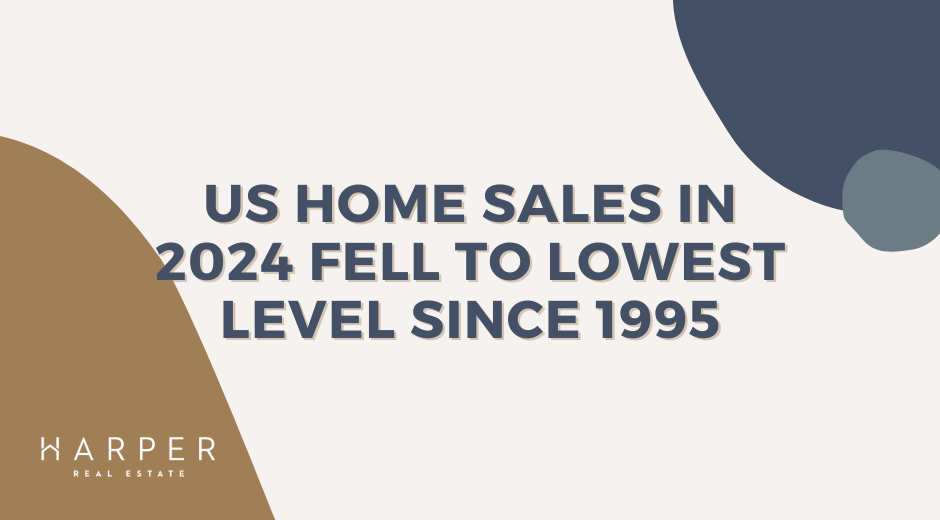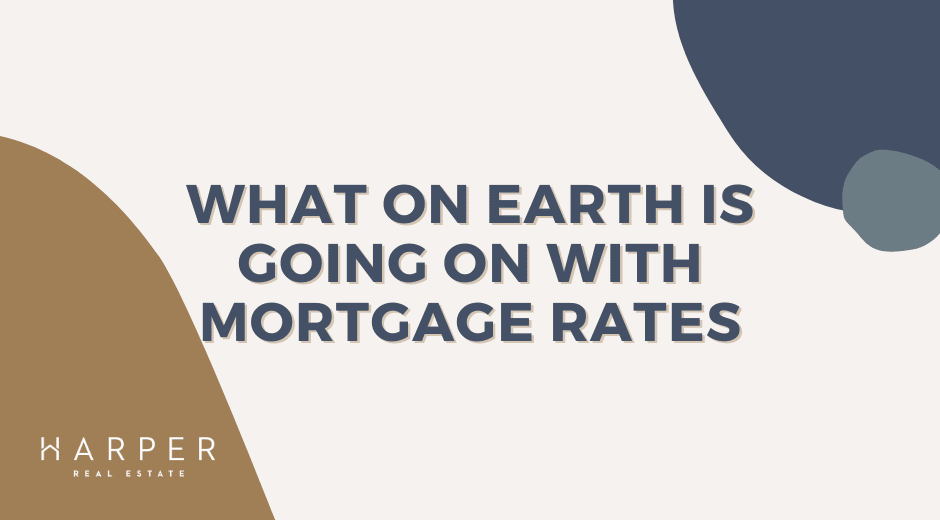SF Market Update - August 2023
August 24, 2023
Loukia Karneris

August 24, 2023
Loukia Karneris













Stay up to date on the latest real estate trends.

November 4, 2025

February 24, 2025

January 24, 2025

December 7, 2024

October 26, 2024

October 23, 2024

October 8, 2024

September 18, 2024

September 18, 2024
You’ve got questions and we can’t wait to answer them.